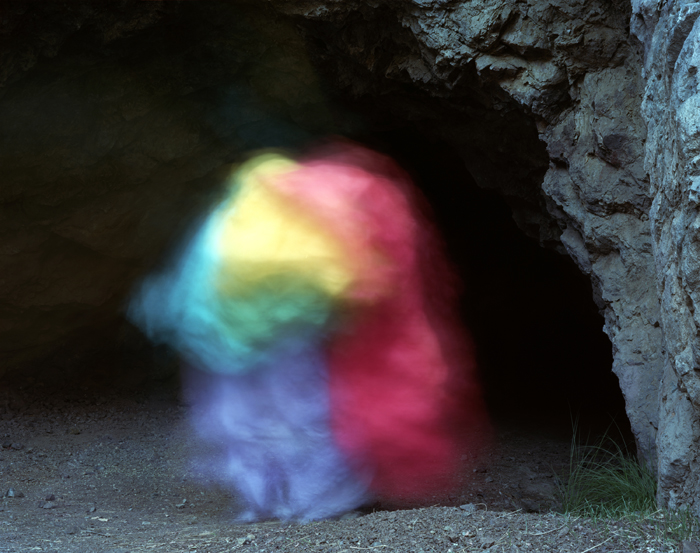WHITE BALANCE.
White balance is one of the most important functions that are included on a digital camera. It allows the user to be able to shoot in a variety of lighting conditions without using filters. White balance is a digital camera setting that allows the colors within the image to appear accurately. White balance gets its name because if a image has the correct white balance things that are white in the actual image will appear white and others colors also appear in their correct format as well such as blacks and grays.
The white balance controls give off a different color light within the image due to the lighting. White balance is measured in Kelvin here is a table showing roughly the amount of Kelvin that is used for each different lighting setting.
| Color Temperature | Light Source |
| 1000-2000 K | Candlelight |
| 2500-3500 K | Tungsten Bulb (household variety) |
| 3000-4000 K | Sunrise/Sunset (clear sky) |
| 4000-5000 K | Fluorescent Lamps |
| 5000-5500 K | Electronic Flash |
| 5000-6500 K | Daylight with Clear Sky (sun overhead) |
| 6500-8000 K | Moderately Overcast Sky |
| 9000-10000 K | Shade or Heavily Overcast Sky |
These days most digital cameras come preset with custom white balance setting that allow the users to be able to set the white balance easily.
Below are some images that i have taken in order to show some of the white balance settings.
The above image was taken using the white balance setting of shady ( approx 6000k ). I prefer this image because it gives the more correct view of the object that is being photographed, by the colors and backgrounds.
The above image was taken using the white balance function trugsten ( approx 3200k ). This setting gives a blue tint to the background of the image. I do not like this effect because the blues stand out to much throwing the rest of the image off so the image does not look natural.
The above image was shoot using the white balance white fluorescent light (approx 4000k).
This setting shows more of the reds while looking more natural than the trugsten setting it does still not look natural.
Of the setting i prefer the natural settings such as daylight and shade, because these show the more natural light and highlights of the objects / subjects.
Diagrams where sourced from google images.














































